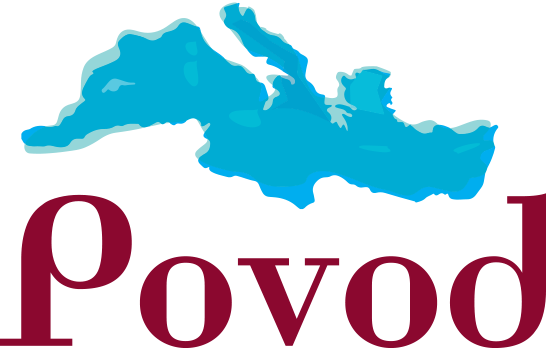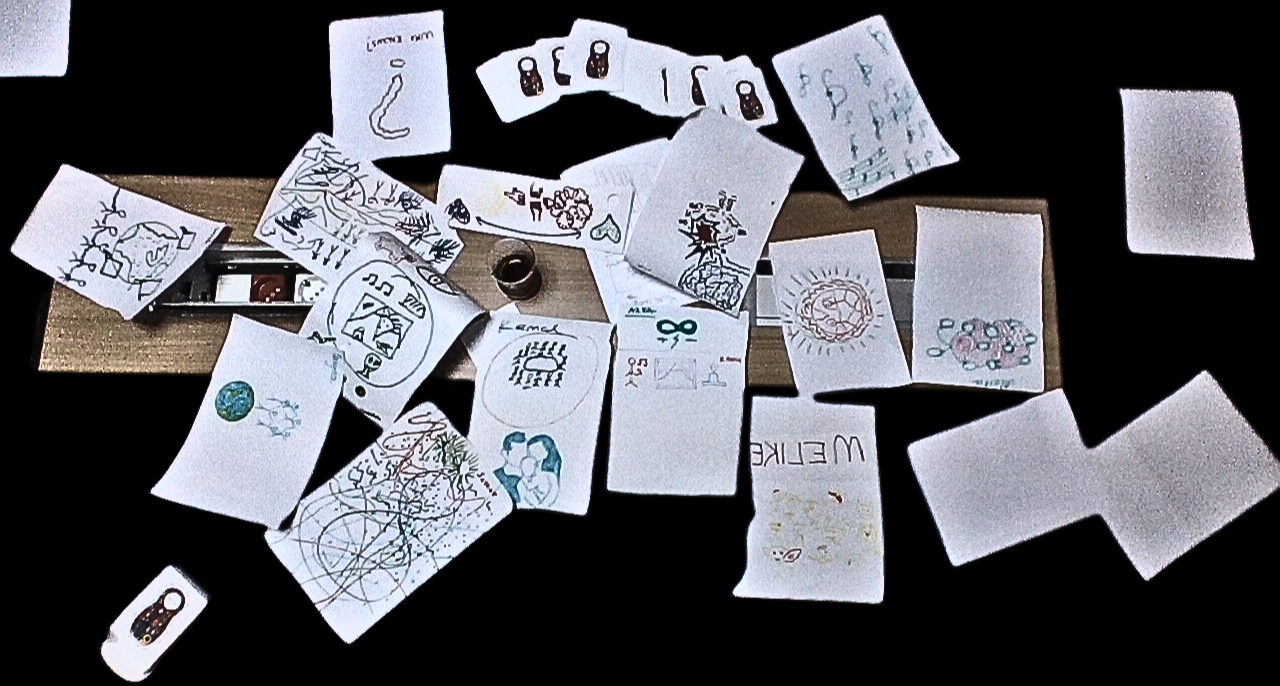(Arabic and Turkish languages)
Author: Samar Zughool / Reka Si Research and Art. Contributors: System and Generation, Povod Institute, Tügöder Association, Professor Wahiba Chaker.
Abstract:
Most research locates the emergence of community arts to 1960 as the practice emerged in the United States, Canada, the Netherlands, the United Kingdom, Ireland, and Australia. However, community art practices have traces that have not been fully documented and researched in the history and present of various languages and cultures. This research paper relies on desk research and participatory research methods such as participatory observations and participatory interviews to unpack the meaning of community arts in the past and present in Arabic and Turkish linguistic and cultural contexts. The findings address the common aspects of community arts in matters of space or ceremonies via desk research, such as the concept of SAMAR as the art of community conversations in the Arabic language or Mahalle in the Turkish language as social units to converse between community members on socio-political issues where arts could take place too. The art of story-telling Al Hakawati in the Arabic cultural context and the Karagöz plays in Turkish cultural contexts have factors that connect arts to community in matters of community gatherings for dialogue through theatre and the art of storytelling addressing and reflecting on socio-political issues. This research paper also presents key findings about current community art practices from the lens of its practitioners, who speak Arabic and/or Turkish and use community arts for social inclusion, community building, or socio-political dialogue. Therefore, the paper provides important insights into community arts for community building, social inclusion, and socio-political and intercultural dialogue from an intercultural and multilinguistic lens.
Keywords: community arts, intercultural dialogue, Arabic language, Turkish language.

